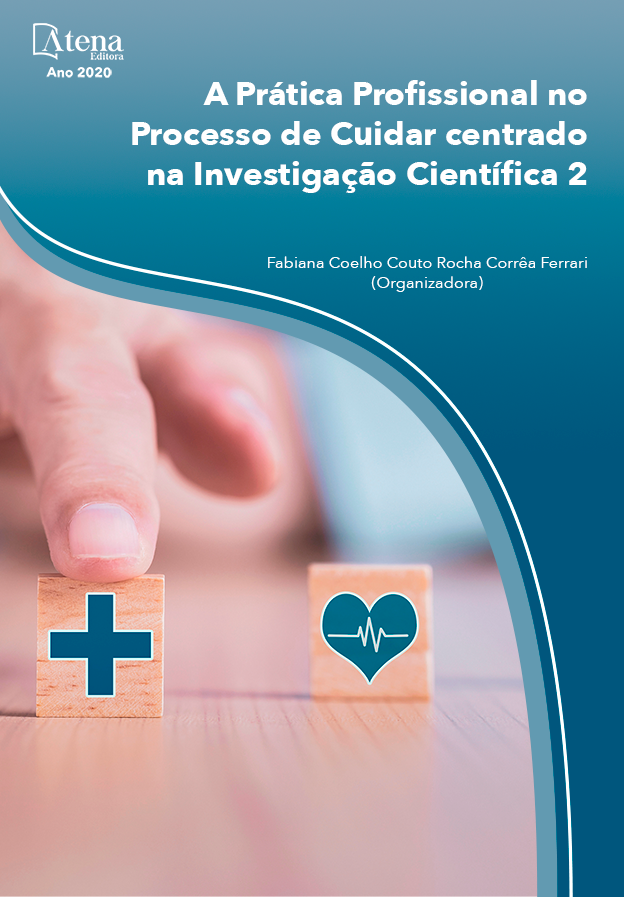
A INFLUÊNCIA DA PSICOMOTRICIDADE PARA A RECONSTRUÇÃO DO VÍNCULO EM UNIDADES DE TERAPIA INTENSIVA NEONATAL
OBJETIVOS: Contextualizar os caminhos que a psicomotricidade delineia para a construção do vínculo entre cuidador, bebê e profissionais da saúde em Unidade de Terapia Intensiva neonatal, por meio da análise de narrativas já publicadas. MÉTODOS: Trata-se de um estudo de revisão narrativa que buscou pôr em evidência o assunto, a partir da seguinte questão: Quais são os caminhos utilizados pela psicomotricidade que a torna uma potência para a construção do vínculo entre cuidador, bebê e profissionais da saúde em Unidade de Terapia Intensiva neonatal? A busca foi realizada em duas bases: Biblioteca Virtual em Saúde, Scientific Eletronic Library Online e Literatura Latino-Americana do Caribe em Ciências e Saúde, utilizando os descritores Desempenho Psicomotor, Unidades de Terapia Intensiva Neonatal e Vínculo. Foram selecionadas publicações entre 2015 a 2020. RESULTADOS E DISCUSSÃO: A terapia psicomotora tem como objeto de trabalho as formas como o corpo se comunica com o meio, diante das funções neurocognitivas. Seu papel em ambiente de terapia intensiva neonatal é fundamental, contribuindo tanto para o diagnóstico e estimulação psicomotora precoces do neonato como para o apoio aos cuidadores e, assim, fomentando a formação e fortalecimento do vínculo entre cuidador, bebê e equipe de saúde. CONSIDERAÇÕES FINAIS: Evidenciou-se a potencialidade da terapia psicomotora para a construção e manutenção do vínculo em unidades de terapia intensiva neonatais, ao valorizar o componente relacional psicoafetivo e ao fomentar o cuidado centrado no cuidador, incluindo-o no percurso do autocuidado e da integração com a equipe de saúde.
A INFLUÊNCIA DA PSICOMOTRICIDADE PARA A RECONSTRUÇÃO DO VÍNCULO EM UNIDADES DE TERAPIA INTENSIVA NEONATAL
-
DOI: 10.22533/at.ed.58720091120
-
Palavras-chave: Desempenho Psicomotor. Unidades de Terapia Intensiva Neonatal. Vínculo.
-
Keywords: Psychomotor Performance. Neonatal Intensive Care Units. Bond.
-
Abstract:
OBJECTIVES: To contextualize the paths that psychomotricity outlines for the construction of the bond between caregiver, baby and health professionals in a neonatal Intensive Care Unit, through the analysis of already published narratives. METHODS: This is a narrative review study which sought to highlight the issue, based on the following question: What are the paths used by psychomotricity, which makes it a power to build the bond between caregiver, baby and professionals of health in a neonatal intensive care unit? The search was carried out in two bases: Virtual Health Library, Scientific Electronic Library Online and Latin American Caribbean Literature in Sciences and Health, using the keywords Psychomotor Performance, Neonatal Intensive Care Units and Bond. Publications were selected between 2015 and 2020. RESULTS AND DISCUSSION: Psychomotor therapy has as its object of work the ways in which the body communicates with the environment in view of neurocognitive functions. Its role in the neonatal intensive care environment is essential, contributing both to the early diagnosis and psychomotor stimulation of the newborn as well as to support caregivers and thus fostering the formation and strengthening the bond between caregiver, baby and health team. FINAL CONSIDERATIONS: The potential of psychomotor therapy for the construction and maintenance of the bond in neonatal intensive care units was highlighted by valuing the psycho-affective relational component and by promoting caregiver-centered care, including it in the path of self-care and integration with the health team.
-
Número de páginas: 10
- José Edmilson Silva Gomes
- Israel Coutinho Sampaio Lima
- Carla Barbosa Brandão
- José Jackson Coelho Sampaio
- Cidianna Emanuelly Melo do Nascimento


